Welcome to the world of LPG (Liquid Petroleum Gas), a versatile and widely-used energy source. In this article, we’ll delve into What’s LPG, its composition, and properties, its role as a fuel for various applications, environmental considerations, safety measures, and much more. Get ready to explore the fascinating aspects of LPG and discover why it plays a vital role in powering Turbine oil regeneration, homes, and transportation
Table of Contents
Understanding the Basics of What’s LPG!
LPG, short for Liquid Petroleum Gas, is a versatile and clean-burning fuel widely used in various applications. It is composed of propane and butane and stored under pressure in liquid form. LPG offers high energy content, making it an efficient and convenient energy source. we have to know this with its portability and ease of use, LPG is used for cooking, heating, transportation, and industrial processes globally.
LPG is obtained during the extraction and refining of natural gas and crude oil. Its physical properties, such as its low boiling point, allow it to vaporize quickly when released from its pressurized container. LPG’s calorific value, typically expressed in megajoules per kilogram (MJ/kg), provides an indication of its energy content. LPG’s composition, consisting of propane and butane in varying proportions, affects its specific applications and performance in different settings.
Importance and Significance of LPG
LPG holds immense importance as a reliable energy source in both developed and developing nations. Its versatility makes it suitable for residential, commercial, and industrial use. LPG plays a significant role in meeting cooking and heating needs in households, powering vehicles as autogas, and fueling industrial processes. Additionally to know better LPG and find out What’s LPG, LPG’s lower carbon emissions compared to other fossil fuels contribute to environmental sustainability goals, making it a valuable alternative energy solution.
Composition and Properties of LPG
LPG is a combination of propane and butane gases and is a by-product of natural gas processing and crude oil refining. LPG has a unique chemical makeup that makes it different from other fuels.
Chemical Makeup of LPG
LPG is composed of mainly propane (C3H8) and butane (C4H10) gases, with small amounts of other hydrocarbons such as propylene and butylene. The exact composition of LPG can vary depending on its source and the methods used to extract and process it. The chemical makeup of LPG plays a significant role in its properties and applications.
What’s LPG and Physical Properties of it?
LPG is a colorless, odorless, and non-toxic gas that is stored and transported in a liquid form under pressure. It has a high energy content and is easy to store and transport, making it an ideal fuel for a wide range of applications. LPG is denser than air, which means that it settles at ground level in the event of a leak, making it easier to detect.
Energy Content of LPG
LPG has a high energy content compared to other fuels, with around 46.7 MJ/kg for propane and 49.5 MJ/kg for butane. This high energy content makes LPG an efficient and cost-effective fuel for a variety of applications, from heating and cooking to transportation and industrial processes.
We are compare Chemical Composition of LPG in this table.
| Component | Chemical Formula | % by Volume |
| Propane | C3H8 | 90-95 |
| Butane | C4H10 | 5-10 |
| Propylene | C3H6 | < 1 |
| Butylene | C4H8 | < 1 |
Production and Extraction of LPG
LPG is produced through a combination of extraction methods and refining processes. Understanding What’s LPG and how LPG is extracted and refined is crucial in ensuring a steady supply of this versatile fuel.
What’s LPG Extraction Methods
LPG is extracted during the production of natural gas and crude oil. Extraction methods include drilling and extraction from natural gas wells and separation from crude oil through various processes such as distillation and fractionation. These methods help separate LPG from other components, allowing it to be further processed and utilized.
Refining Processes for LPG
Once extracted, LPG undergoes refining processes to remove impurities and enhance its quality. These processes involve purification, stabilization, and fractionation, ensuring that LPG meets the required specifications for safe and efficient use. Refining processes play a crucial role in maximizing the energy content and performance of LPG.
Global LPG Production Overview
LPG production is a global industry, with various countries contributing to its production. The top producers of LPG include the United States, Saudi Arabia, Russia, and Iran. Factors such as natural gas and crude oil reserves, production capabilities, and market demand influence each country’s production volume. Understanding the global production landscape helps ensure a stable supply of LPG for various applications.
This a table about global LPG Production by Country. You can use this detail and information to know better What’s LPG and khow provide it.
| Country | Production (thousand metric tons) |
| United States | 15,000 |
| Saudi Arabia | 12,500 |
| Russia | 11,000 |
| Iran | 10,000 |
| Others | 50,000 |
LPG Storage and Transportation
Proper storage and transportation of LPG are crucial to ensure safety and efficiency in its use. Understanding the different storage and transport options is essential for handling LPG effectively.
What’s LPG storage and Handling of it
LPG can be stored and handled in various ways, depending on the intended use. Small-scale storage typically involves LPG bottles and cylinders, commonly used in residential settings for cooking and heating. Bulk storage options include above-ground and underground tanks, which are utilized in commercial and industrial applications. Proper handling practices, such as ensuring proper ventilation and avoiding direct exposure to heat sources, are essential to maintain the integrity of LPG storage.
LPG Bottles and Cylinders
LPG bottles and cylinders provide a portable and convenient storage solution for small-scale LPG users. These containers are made of robust materials such as steel or composite materials and are designed to withstand high pressures. They come in various sizes to accommodate different usage requirements. LPG bottles and cylinders are widely used for outdoor activities, camping, and as a backup fuel source.
Bulk LPG Storage and Transport Options
For large-scale LPG users, bulk storage and transport options are available. Above-ground storage tanks provide easy accessibility and can be designed to meet specific capacity needs. Underground storage tanks offer a space-saving solution and ensure aesthetic integration with the surroundings. What’s LPG Bulk? Bulk LPG is transported using specialized tankers designed to safely carry large volumes of the fuel. These tankers are equipped with safety features and follow stringent regulations to ensure secure transportation.
This is a comparison of LPG Storage Options that collected in this table.
| Storage Option | Capacity | Application |
| LPG Bottles | 9 kg – 45 kg | Residential, camping, backup |
| Above-ground | 1,000 L – 50kL | Commercial, industrial |
| Underground | 5,000 L – 90kL | Commercial, industrial |
What’s LPG Environmental Impact?
LPG, or liquefied petroleum gas, has a favorable environmental profile compared to conventional fuels. Its combustion produces fewer harmful pollutants, contributing to improved air quality and reduced negative impacts on human health and the environment.
LPG and Air Quality
When we burned it, LPG emits lower levels of pollutants such as sulfur dioxide (SO2), nitrogen oxides (NOx), particulate matter (PM), and greenhouse gases (GHGs) compared to other fossil fuels. This results in reduced smog formation, respiratory issues, and climate change effects.
LPG as a Lower Emission Fuel
LPG’s lower carbon content and cleaner combustion process result in reduced greenhouse gas emissions, including carbon dioxide (CO2). Its use as a fuel can contribute to mitigating climate change and achieving emission reduction targets.
LPG’s Contribution to Sustainable Development
LPG aligns with the principles of sustainable development by offering a cleaner and more efficient energy alternative. It supports energy diversification, reduces reliance on traditional fossil fuels, and promotes sustainable economic growth while minimizing environmental impacts.
What’s LPG’s environmental benefits? LPG’s environmental benefits make it an attractive choice for various applications. Its lower emissions, improved air quality, and contribution to sustainable development position it as a responsible and environmentally friendly fuel option.
There is a emission Comparison of Different Fuels that you can use them.
| Fuel Type | CO2 Emissions | NOx Emissions | SO2 Emissions | PM Emissions |
| LPG | Low | Low | Low | Low |
| Gasoline | Moderate | High | High | Moderate |
| Diesel | High | High | High | High |
| Coal | High | High | High | High |
What are LPG Safety Considerations?
Ensuring safety in handling and using LPG (liquefied petroleum gas) is of utmost importance. Adhering to safety measures and regulations is crucial to prevent accidents and promote safe practices.
LPG Safety Measures and Regulations
Strict safety measures and regulations govern the production, storage, and distribution of LPG. These include regular inspections, proper equipment maintenance, and adherence to guidelines for handling and transportation, ensuring that LPG is handled safely at all stages.
Handling and Storage Safety Tips
When dealing with LPG, it’s important to follow safety guidelines. This includes proper ventilation in storage areas, checking for gas leaks, using compatible containers and equipment, and avoiding open flames or sparks near LPG storage or usage locations.
Addressing Common LPG Safety Concerns
Common safety concerns with LPG to know better What’s LPG, include gas leaks, improper installation, and inadequate ventilation. To address these, regular gas leak checks, professional installation by certified technicians, and ensuring proper ventilation in indoor spaces are essential for safe LPG usage.
LPG in Industrial Applications
Industries utilize LPG for a wide range of applications, including heating, drying, and powering equipment. It is commonly used in sectors such as food processing, metal fabrication, textile manufacturing, and chemical production. LPG’s versatility makes it an ideal fuel for meeting the diverse energy needs of industrial processes.
LPG for Manufacturing and Processes
In manufacturing, LPG provides a reliable and efficient energy source for processes like welding, cutting, and soldering. It enables precise temperature control, faster production cycles, and reduced carbon emissions compared to other fuels. LPG’s clean-burning properties contribute to improved air quality and a healthier work environment. That is a good answer for What’s LPG.
Benefits and Efficiency of LPG in Industries
LPG offers several advantages for industrial applications. It has a high energy content, ensuring efficient combustion and minimizing waste. Its portable nature and easy availability make it a convenient fuel choice. LPG also boasts lower emissions, reduced maintenance costs, and increased operational flexibility, making it an environmentally friendly and cost-effective solution for industries.
Industrial Applications of LPG are in this table.
| Industry | LPG Applications |
| Food Processing | Cooking, baking, drying, sterilization |
| Metal Fabrication | Welding, cutting, metal heat treatment |
| Textile Manufacturing | Drying, curing, printing |
| Chemical Production | Process heating, reactor fuel |
| Glass Manufacturing | Glass melting, annealing, forming |
LPG as a Fuel for Power Plants
Power plants can utilize LPG as a primary or backup fuel to generate electricity. Afterall What’s LPG benefits for power plants? LPG’s high energy content and clean combustion make it an efficient and environmentally friendly choice for power generation. It can be easily transported and stored, ensuring a consistent and readily available fuel supply.
Benefits of LPG in Power Generation
LPG offers several advantages in power generation. It produces lower emissions compared to coal or oil, resulting in improved air quality and reduced environmental impact. LPG power plants have higher efficiency and lower maintenance costs, contributing to reliable and cost-effective electricity production.
LPG Power Generation Technologies
LPG can be used in various power generation technologies, including reciprocating engines, gas turbines, and combined heat and power (CHP) systems. These technologies provide flexibility in meeting diverse power demands, ranging from small-scale applications to grid-level electricity generation.
There is a Table about Comparison of LPG Power Generation Technologies.
| Technology | Key Features |
| Reciprocating Engines | Efficient, suitable for decentralized power generation |
| Gas Turbines | High power output, suitable for large-scale applications |
| Combined Heat and Power | Simultaneous production of electricity and useful heat |
Conclusion
LPG (liquefied petroleum gas) offers a versatile and environmentally friendly solution for various applications. Understanding “What’s LPG” reveals its potential in residential, commercial, and industrial sectors. As a clean-burning fuel, LPG significantly reduces emissions, improving air quality and contributing to sustainable development.
Safety measures and regulations ensure secure handling and storage. LPG’s efficiency and benefits extend to power generation, where it serves as a reliable fuel source for diverse technologies. Whether powering homes, industries, or generating electricity, LPG offers a cost-effective, efficient, and cleaner alternative. With its wide range of applications and positive environmental impact, LPG continues to play a crucial role in meeting energy needs while minimizing ecological footprints.
FAQ
These questions are the most commonly asked ones about What’s lpg and its uses:
What is LPG, and what is it used for?
LPG, or liquefied petroleum gas, is a versatile fuel commonly used for heating, cooking, powering vehicles, and in various industrial applications.
How is LPG different from natural gas and propane?
LPG is a mixture of propane and butane and is stored and transported as a liquid. Natural gas is mainly composed of methane and is delivered through pipelines. Propane is a component of LPG.
Is LPG a safe fuel option?
Yes, LPG is considered a safe fuel option when handled and stored properly. It has built-in safety measures, and adherence to regulations ensures its safe usage in various applications.

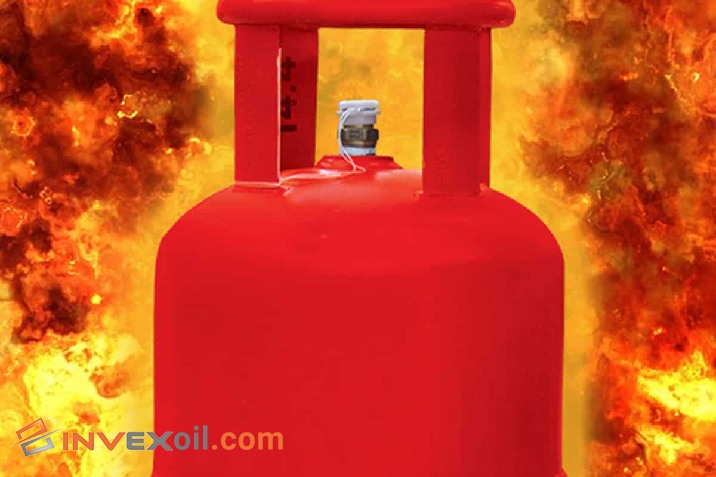
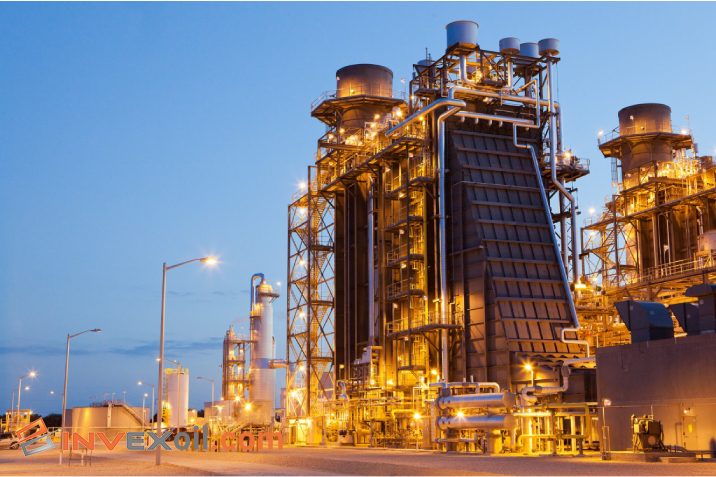
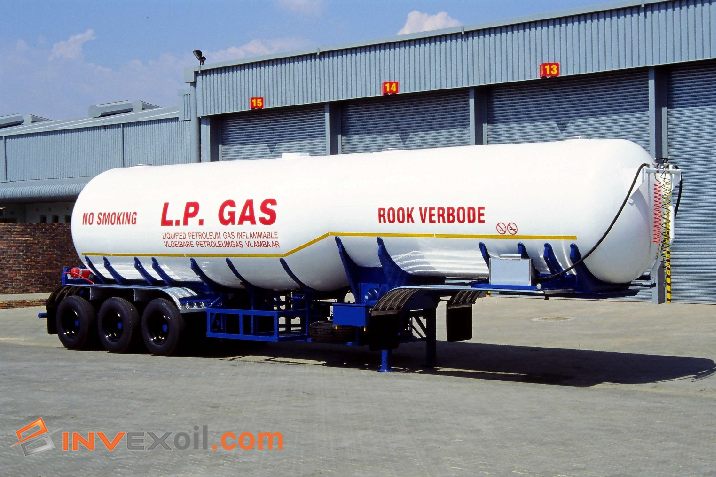
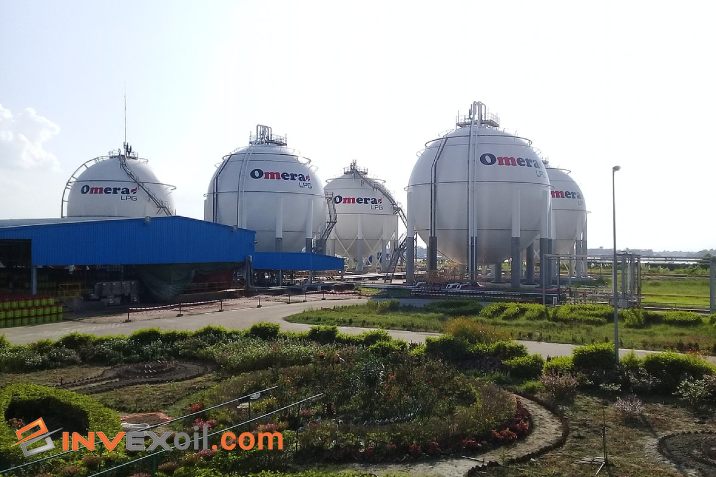

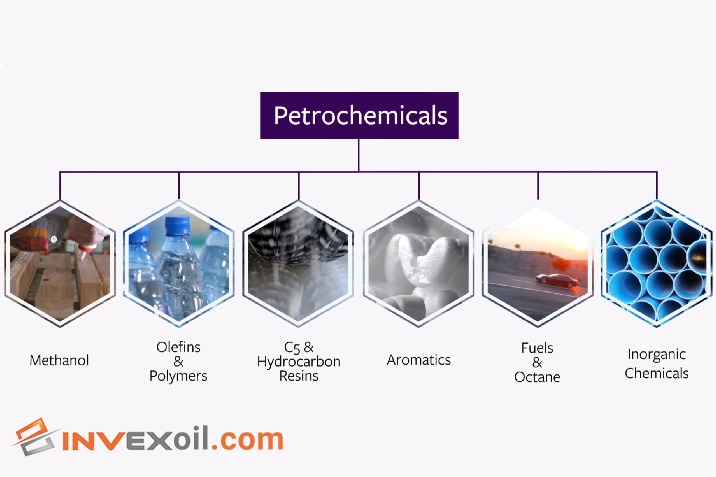
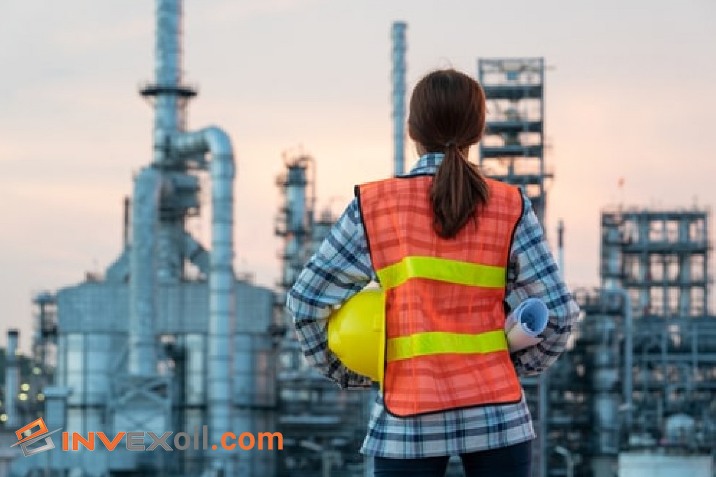
In Onliner.co, Our team with 12 professional members in each of content creation, on-page, off-page, and technical domain has always been able to achieve customer satisfaction with 12 years of experience in SEO. In the content creation sector, our expert writers are up to date and experienced to provide a high quality and unique contents.